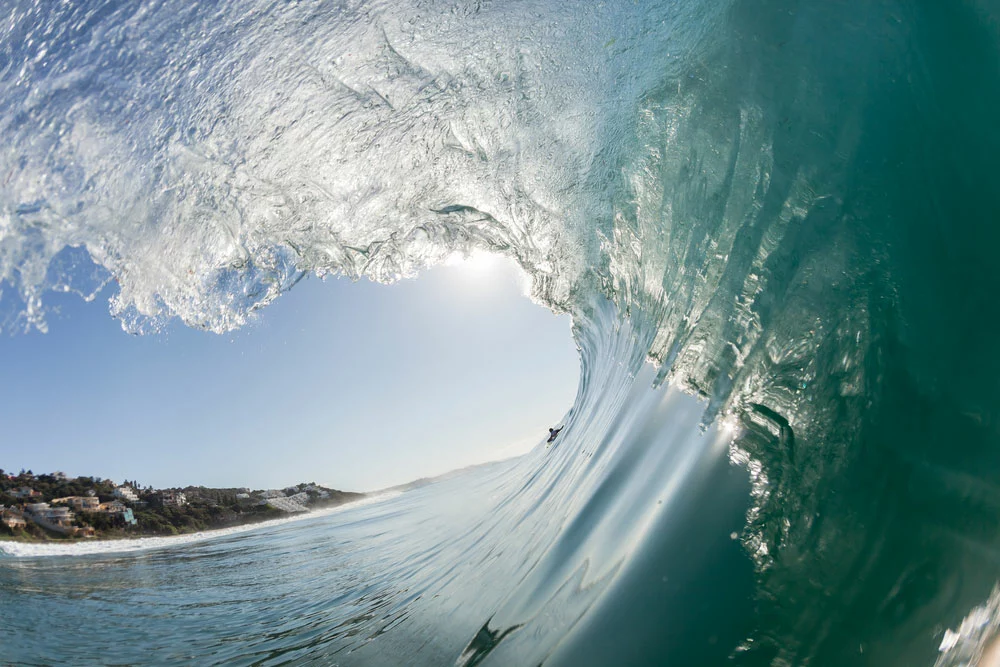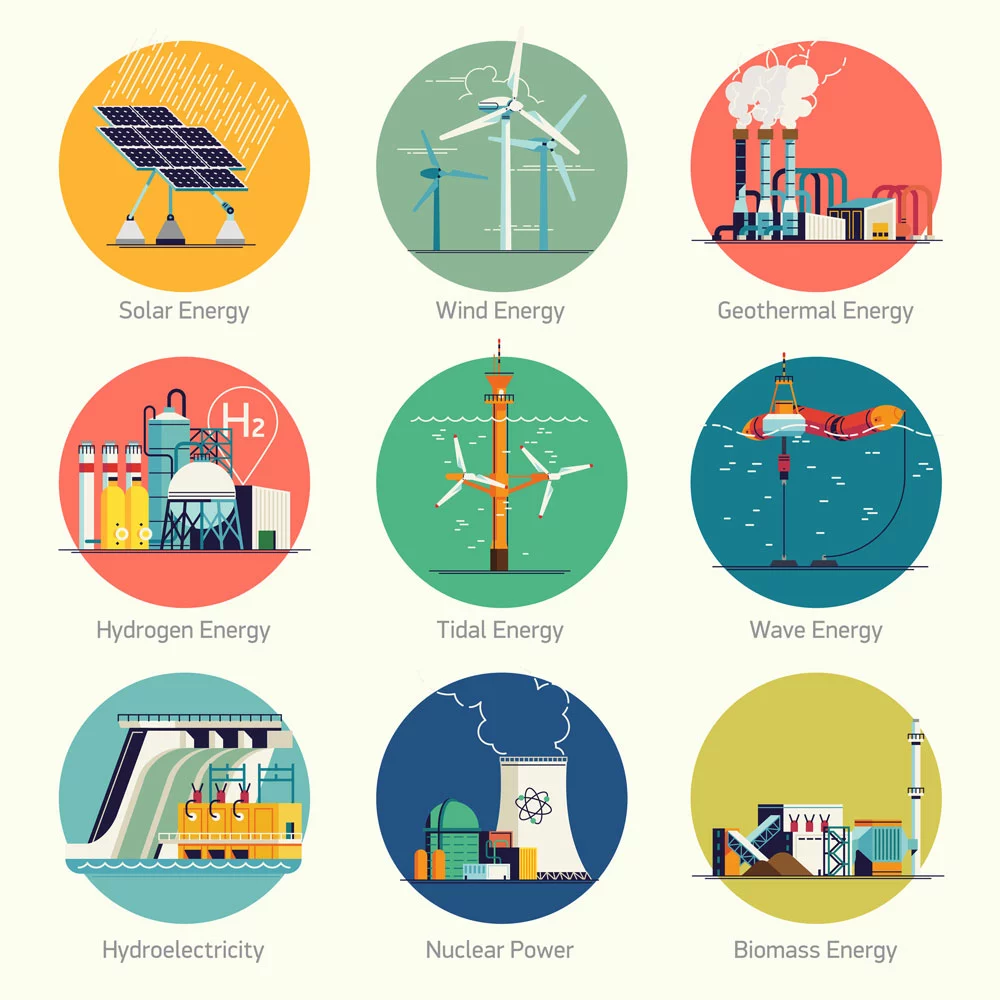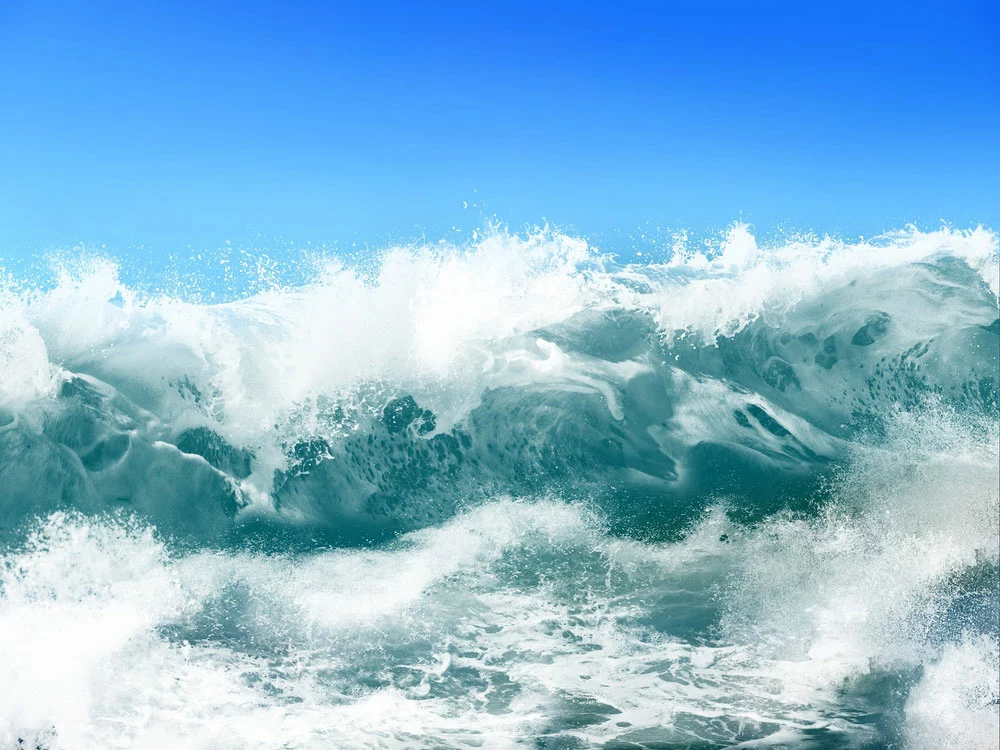Do you know that the ocean has enough power to solve our energy needs? Countries with a coastline can use wave energy to get cheaper and more reliable electricity. Just like solar energy, wave power is renewable and inexhaustible. In this article, we will discuss the pros and cons of wave energy and how it can solve the energy crisis.
What is wave energy?
Wave power is similar to hydroelectric power because both use kinetic energy to generate electricity. It would help if you had powerful energy converters to generate electricity using ocean waves.
This is a renewable source of energy that comes from waves. The bigger the waves, the better because they have more power. You can harness Ocean surface waves using several wave energy technologies, such as oscillating water columns, oscillating bodies, and overtopping converters.

wave energy
How does wave energy work?
To create wave energy, there must be solar energy. Solar energy heats the air, causing temperature differences that make wind. The wind will then rub with water molecules creating friction. This violent interaction is what causes waves.
Waves have kinetic energy that passes through rotating turbines, creating electric power. In addition, it is essential to note that the moon also contributes to tidal waves.

Green energy icon
Energy plants use two methods to harness power from waves. These are:
Oscillating water columns
Oscillating water columns are underwater vent devices that use waves to generate electricity. These underwater vents allow water to pass through when the tides rise. In addition, during this process, the vents also allow air to escape.
As the water recedes, air passes through the column and exits. This motion causes the air turbines inside the water columns to spin. In other words, the turbines create mechanical energy that produces electrical power.
Oscillating bodies
These are artificial platforms placed on the sea bed. When waves appear, the platform rise and falls as the waves leave the area. In other words, the movement of water creates mechanical energy, which transforms into electrical power.
Advantages of wave energy

White ocean waves on blue sky
The Energy Information Administration estimates that US coastal regions can generate more than 2.64 trillion kilowatt hours of electricity. Other Advantages of tidal turbines are:
1. It is renewable
Unlike alternative energy sources such as gas and oil, wave energy is renewable and green energy. This makes it a reliable source of power. Wave energy will only cease if the sun ceases to produce light and heat.
2. It has a high output potential
Wave energy can fulfill the energy demand of both industrial and developing countries. According to the International Renewable Energy Agency, the potential energy output from waves can reach 20,000 – 80,000 TWh a year. This is more than 400% of the current energy demand of the entire world.
This energy will lower the cost of energy and spur development in developing countries.
3. It is environmentally friendly
Unlike gas and oil, wave energy does not have harmful byproducts. It does not affect marine mammals or offshore plants. However, alternative sources such as nuclear are not very environmentally friendly, especially if there is a radioactive leak.
4. It is efficient
If you set up a half-square-mile wave farm, the energy generators on the farm will generate at least 30 MW of electricity. In other words, a half-square-mile wave farm will supply the electric grid with enough energy to power more than 20,000 homes.
5. It does not destroy the aesthetic beauty of the environment
Though wave energy uses offshore power plants, these power plants will not interfere with the aesthetic beauty of the ocean. This is because the wave energy generators are deep in the ocean surface. In addition, they will not disrupt the activities of maritime vessels.
6. Low maintenance cost
Though installing a wave energy converter is expensive, the maintenance costs are low compared to maintaining the infrastructure of other energy sources such as gas and oil. The equipment will only require maintenance if there is damage.
7. It reduces overreliance on fossil energy
Besides, it reduces overreliance on fossil energy. This is important because it helps reduce the effects of global warming. In addition, it secures the security interest of a country because there will not be any gas or oil crises.
Disadvantages of wave energy

Beautiful Blue Ocean Wave
1. It is expensive to install
Wave energy is expensive to install. For starters, no optimal design currently exists that can be mass-produced to lower costs. Also, the further the energy stations are from the land, the higher the costs.
2. It affects marine life
Studies show that wave equipment produces electromagnetic fields that affect marine animals, such as sharks, crabs, lobsters, and ray fish. The magnetic fields affect the fish by disorienting their movement and communication patterns.
In addition, the fish can be accidentally trapped by underground cables, resulting in death.
3. Could affect the fishing industry
The fish will change their migration route if the electromagnetic fields disorient their movement. Fishermen will not know where to catch fish, and coastal towns will suffer from a lack of fish.
4. Difficult to maintain
It is difficult to maintain equipment in the sea because of powerful waves and the harsh climatic conditions of the ocean. For instance, salty water will increase the corrosion rate of metal, which will increase the maintenance cost. Similarly, maintaining equipment at sea is risky, and the few workers willing to do it will charge a premium for their services.
5. Power generation can only happen in specific locations at sea
Setting up a wave plant is expensive. Therefore, the location must justify the investment. The equipment won’t generate enough electricity if you install a wave farm in an area with low tidal waves. In most cases, an energy company must go deeper into the sea to find a suitable location. However, the deeper they go, the more the installation costs.
6. It might inconvenience boat traffic
When private companies install a piece of expensive wave equipment, they will lobby the government to prevent boats from using the area. This is because they want to protect their investment.
7. There is not enough study on the wave energy
It is still too early to know the effects of wave energy equipment. This is because the few that exist are for research purposes only. Also, the technology is yet to receive international acceptance.
How much does wave energy cost?

Waves in sunset
It isn’t easy to know how much it will cost to produce wave energy. This is because there are a lot of factors involved. For example, there is no standard design for generating wave energy. Also, the costs will depend on how far the equipment is set up in the ocean. However, some studies have put the cost of production in the Pacific ocean at six to fourteen million dollars.
Conclusion
Wave energy has the potential to lower the cost of electricity. This is because it requires little maintenance and is infinite. However, wave technology still has a long way to go before it can impact the world. For example, it is expensive to set up, and there is still no standard design that countries can use when implementing this technology. However, shortly wave energy will play a key role in providing reliable power to countries worldwide.
